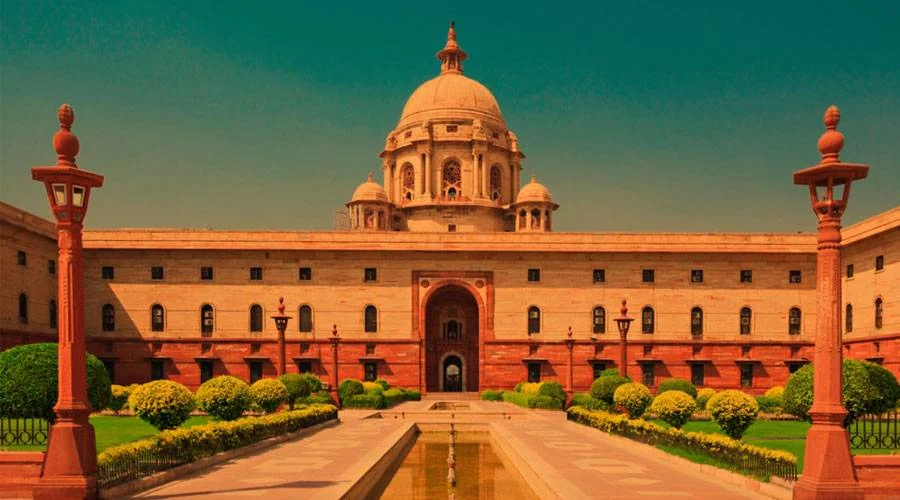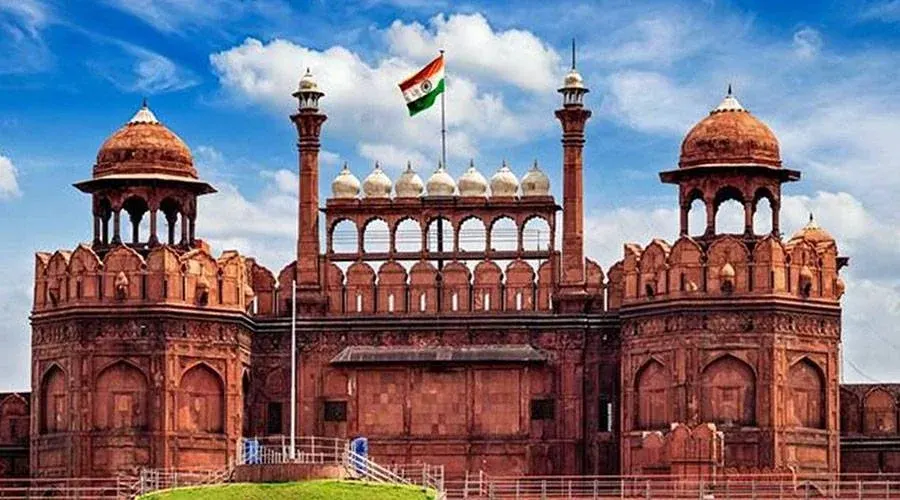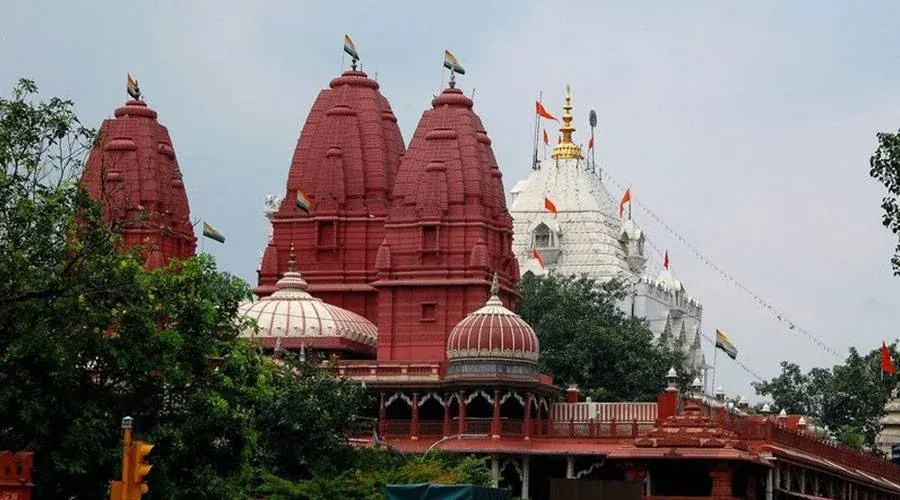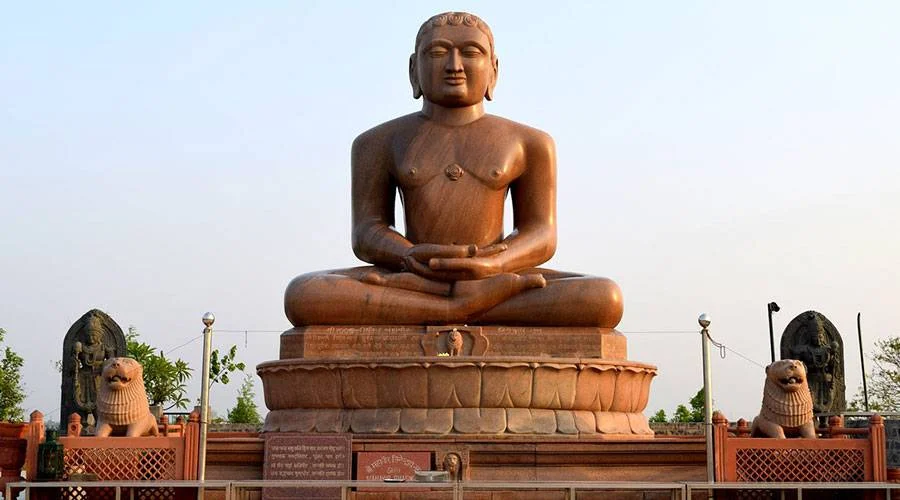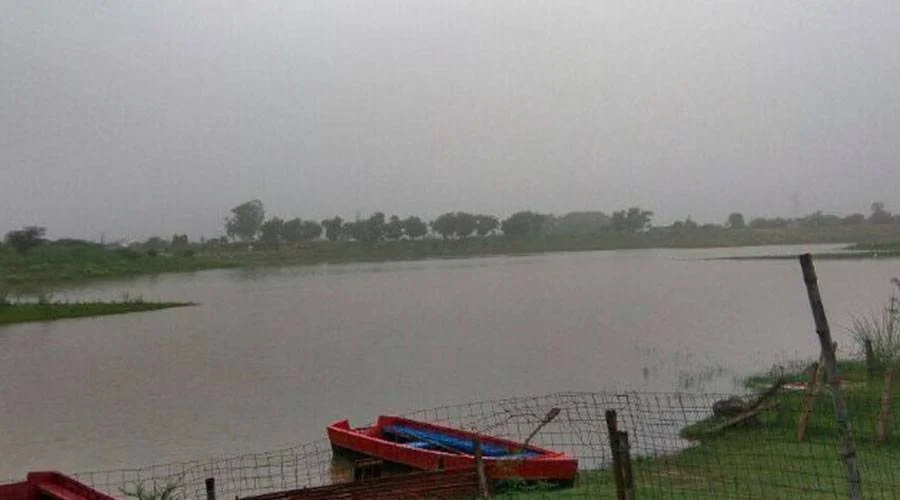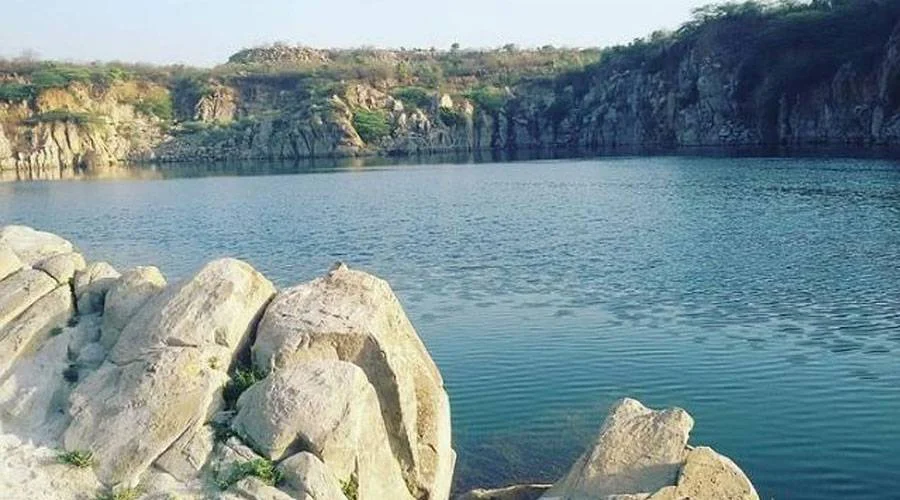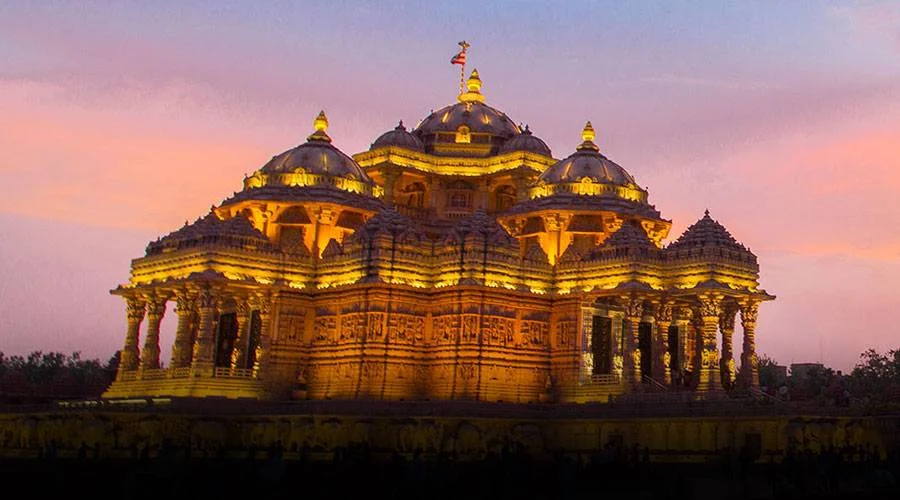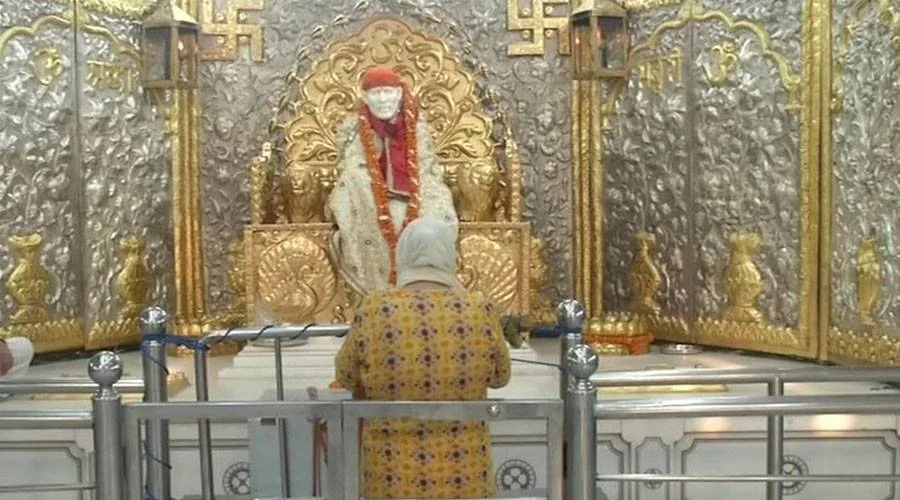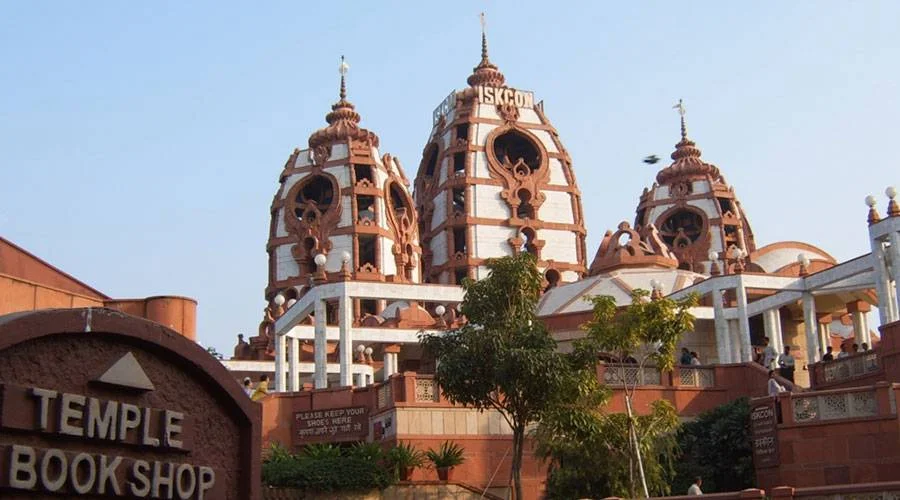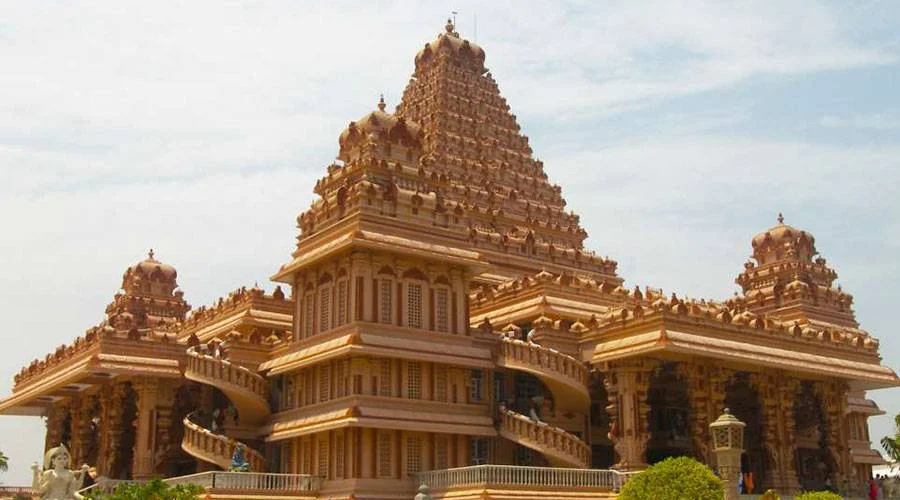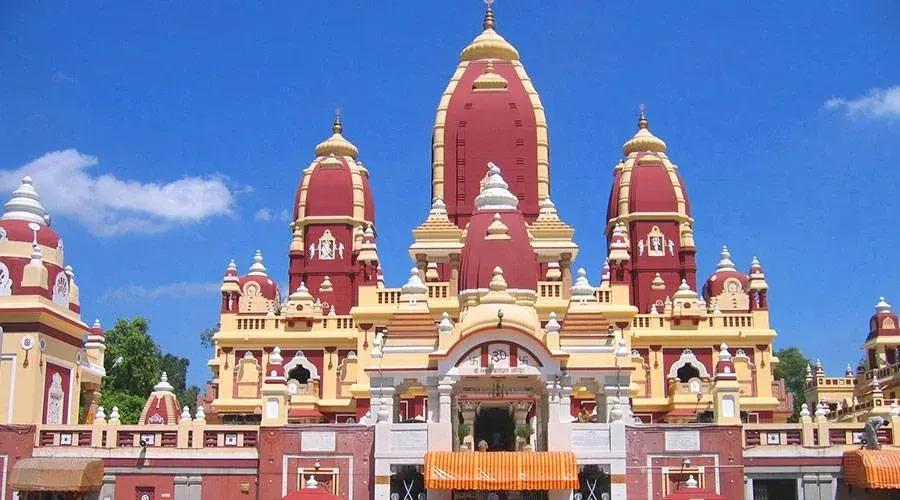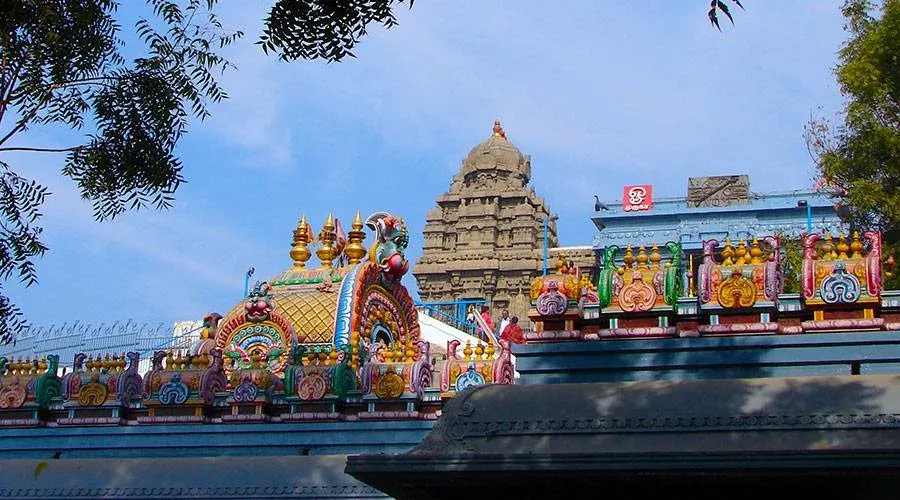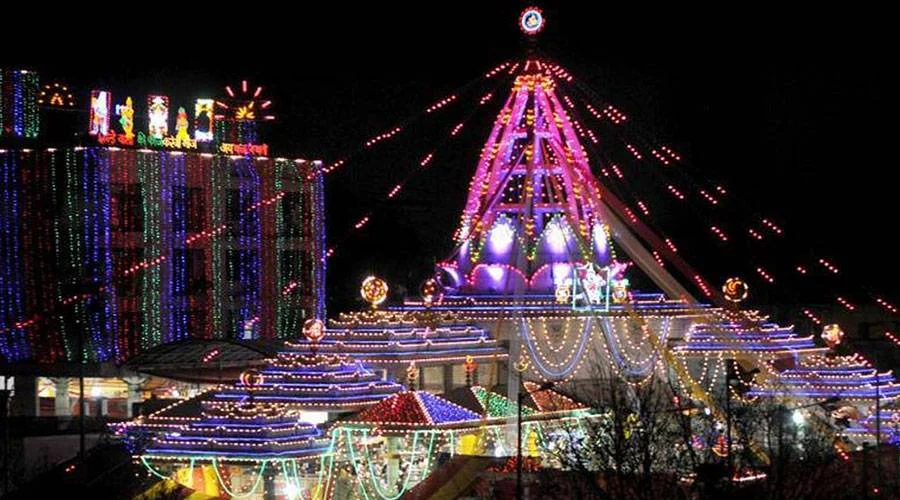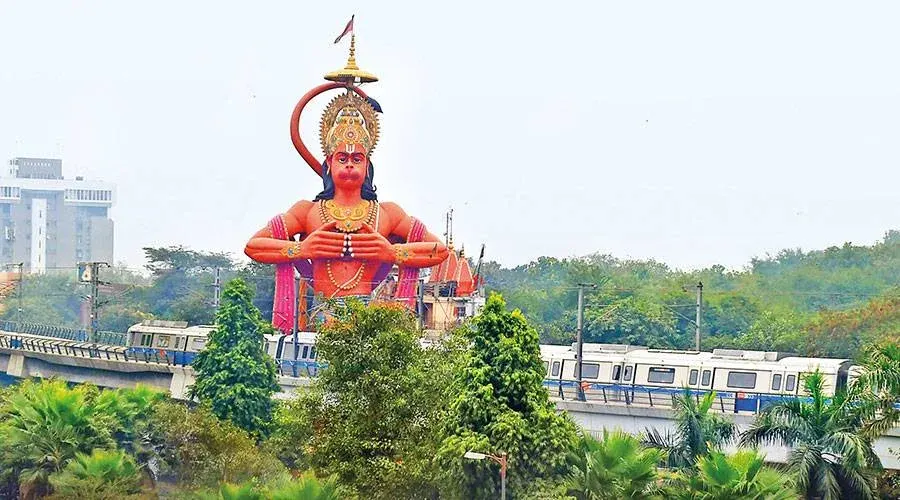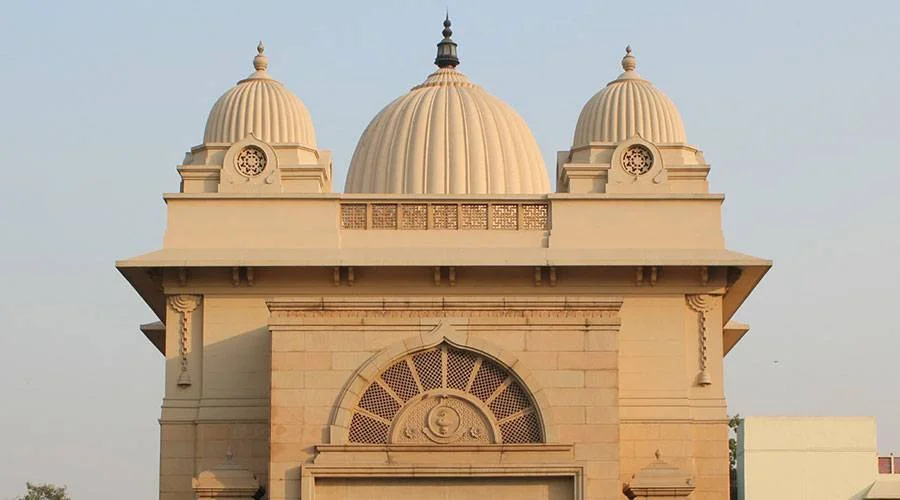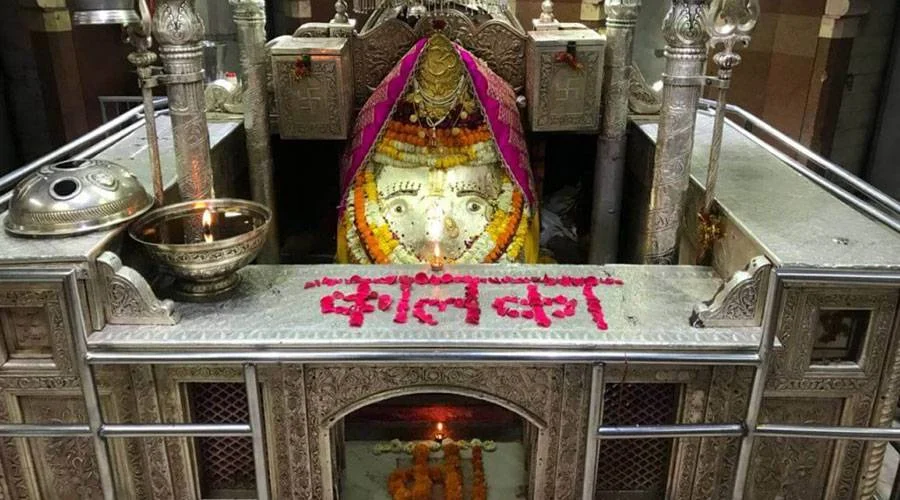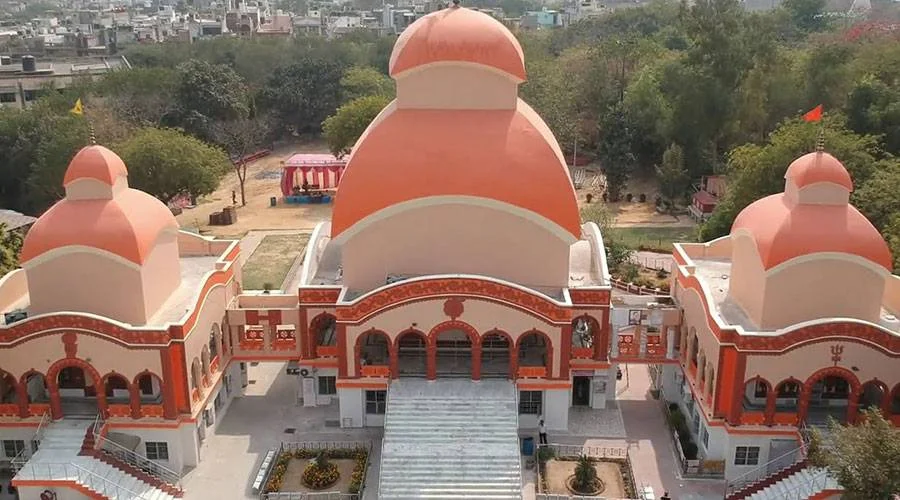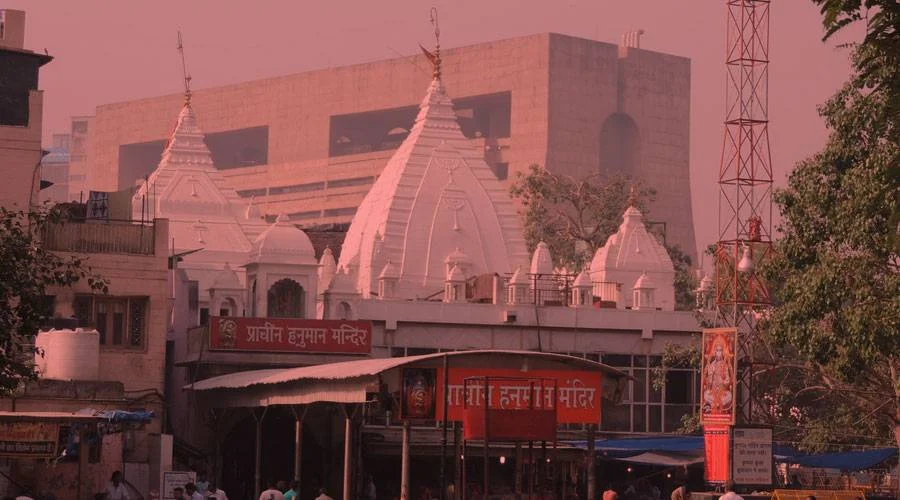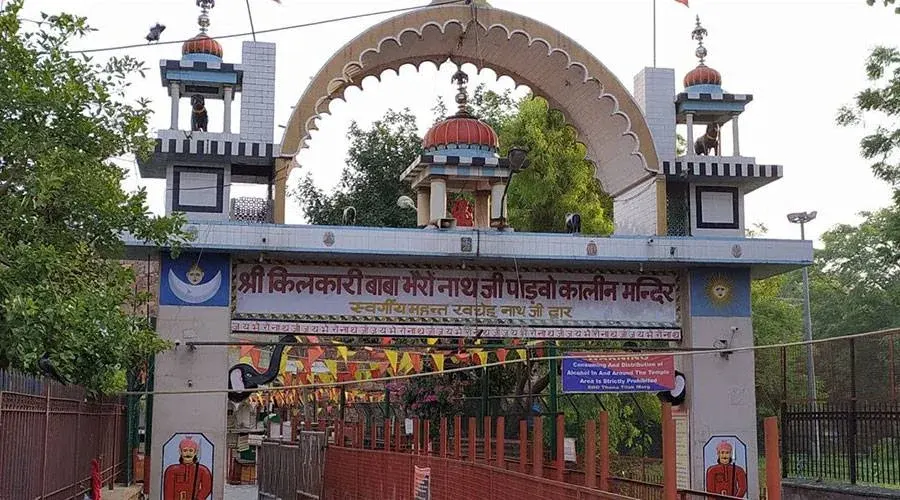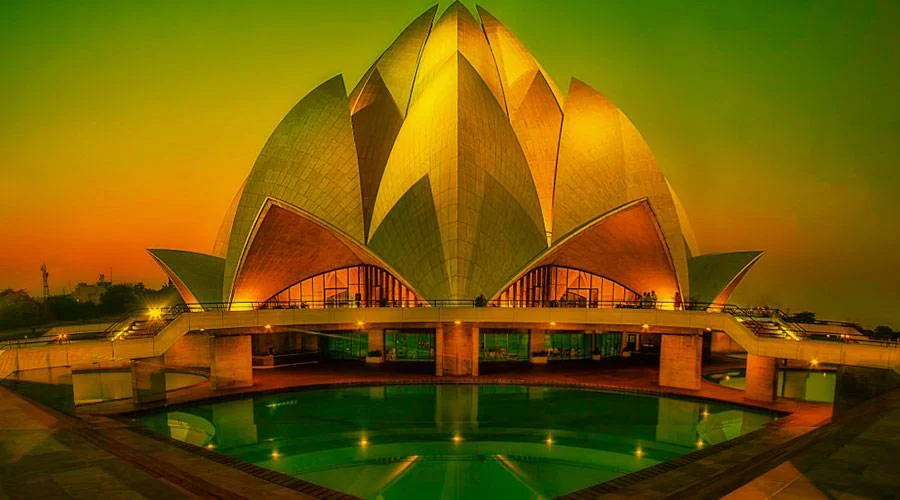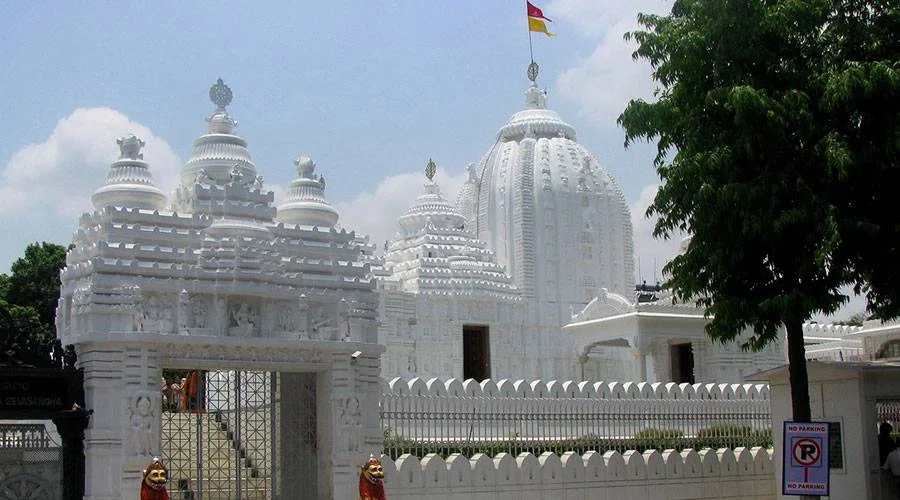Rashtrapati Bhavan, Delhi
Located on the western end of the Rajpath in New Delhi, the Rashtrapati Bhavan is the official residence of the President of India. It was originally built with the intent of serving as the Viceroy's House. With its 340 rooms in the main building covering 5 acres on an estate of 330 acres, it is one of the largest residences of any head of the state in the world. This majestic piece of architecture was conceptualized by renowned architects Sir Edwin Lutyens and Herbert Baker. The construction saw completion in the year 1929 and now stands today as a magnificent symbol of all that India is. Its current inhabitant is President Ram Nath Kovind who assumed office in July 2017.
The premises of the Rashtrapati Bhavan has been divided into three circuits and can be accessed by an authorized visitor at specific time slots over the day. The first one is the Main Building and Central Lawn, where you can spectate the architecture firsthand. The second circuit is the Rashtrapati Bhawan Museum complex, which has many buildings within its perimeter. The third circuit comprises the marvelous Mughal Gardens which is a paradise of elegant gardens and lush greenery. Visit the Rashtrapati Bhavan for a marvelous acquaintance with all that is splendid and awe-inspiring.
History
Following the decision to relocate the capital of British India from Calcutta to Delhi in 1911, there was a need for the construction of a new residence for the Viceroy of India. Sir Edwin Landseer Lutyens, a British architect, was given the responsibility to plan the new capital of Delhi and design the Viceroy’s residence.
Around 4,000 acres of land were acquired on Raisina Hill. The construction of the grand residence began in 1911 under the supervision of Lutyens and Herbert Baker, his partner in the project. It was supposed to be completed within 4 years but due to the First World War, the construction was delayed.
After more than 17 years, the mansion was finally completed in 1929 at an estimated cost of 14 million Indian rupees. Over 23,000 laborers were engaged in its construction and the last stone was laid by Lord Irwin – the then Viceroy and Governor-General of India. Incidentally, he became the first occupant of this newly built residence on 6th April 1929.
Built as the residence of the Viceroy of India and a symbol of imperial domination, the place was initially called the Viceroy’s House. The building was renamed the Government House in 1947 when India gained independence. Chakravarti Rajagopalachari became the first Indian to occupy it after he became the first Governor-General of Post-Independence India.
When Rajendra Prasad occupied this mansion as the first President of India on 26th January 1950, it was again renamed as the Rashtrapati Bhavan or the President’s House. In August 2012, the complex was opened for public visits, courtesy of the initiative taken by Pranab Mukherjee, the then President of India.
Architecture
The Rashtrapati Bhavan is a colossal four-storied structure standing in a sprawling campus of approximately 321 acres. The main building has 340 rooms that include the President’s official residence, a library, a ballroom, guestrooms, reception halls, and offices.
Built-in the classic European style of architecture, the residence also has influences on Indian architectural styles. You can find several classical Indian motifs adorning the structure, such as regal elephants, jalis designed out of red sandstone displaying Rajasthani sketches, and round stone basins. The use of Indian temple bells in the pillars is another defining feature of the building’s architecture.
This H-shaped building spans over 2,00,000 square feet of floor area. It is estimated that over 3 million cubic feet of stone and around 700 million bricks were used in its construction. You might find it surprising that barely any steel was used in the whole structure.
Amongst the most distinctive features of the Rashtrapati Bhavan is its central dome. Visible even from a distance, its dome is twice the height of the structure and has the National Flag flying over it. While Lutyens, the chief architect of the Rashtrapati Bhavan, admitted that the inspiration for the dome’s design came from the Pantheon in Rome, many researchers have also found similarities between the dome and the great Stupa at Sanchi, an ancient Buddhist monument in Madhya Pradesh.
Inside the Rashtrapati Bhavan
The inside of Rashtrapati Bhavan is divided into three parts.
Circuit 1: This part covers the main building of the palatial house and its Central Lawn. In this tour, one can take a look at the Forecourt and the premier rooms of the main building. Some of the rooms that one gets to see include the Banquet Hall, the Ashok Hall, Durbar Hall, North Drawing Room, Library, Navachar, Long Drawing room, et al. This part of the Rashtrapati Bhavan is open on Thursdays, Fridays, Saturdays, and Sundays.
Circuit 2: This part comprises the Rashtrapati Bhavan Museum Complex, also known as RBMC. RBMC has three distinct buildings including The Stables, The Garages, and The Clock Tower. The Stables were dedicated to the nation on July 25th, 2014. However, The Garages were inaugurated on July 25th, 2016.
The museum showcases some of the most invaluable artifacts, which is the epitome of culture, art, heritage, and history. Hence, a must-visit for someone with an eye for unique things in life. This part of the Rashtrapati Bhavan opens on all days except Monday.
Circuit 3: This part of the President’s house covers the Mughal and other gardens. Who doesn’t know about the world-famous Mughal Gardens and the floral treat that they offer? Besides, there is the Herbal Garden, the Musical Garden, and the Spiritual Garden as well to fascinate the visitors. This part of Rashtrapati Bhavan is open from August to March from Thursdays to Sundays.
The Change Of Guard Ceremony
It is a military tradition, that has been revamped overtime to make it more visually appealing for the public. It is held on Saturdays and Sundays at the Rashtrapati Bhavan where the valor of the President’s Bodyguard personnel, who are excellent paratroopers and tankmen, comes to display.

